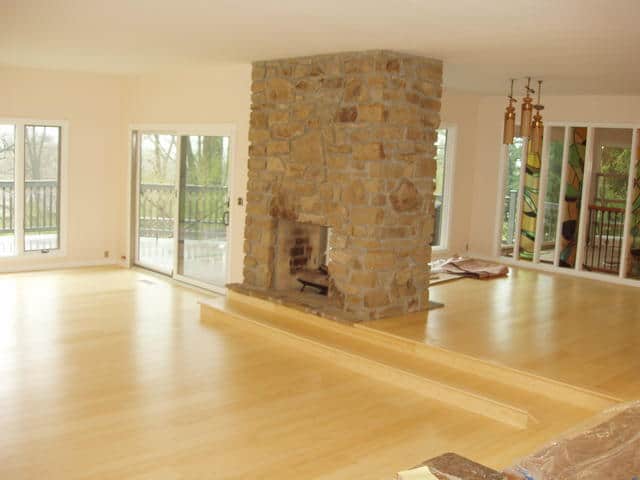Wood paneling
Wood Coatings: for interiors, exteriors, walls, stairs.
THE wood paneling they are the set of plant tissues that make up the internal part of the trunks, branches and roots of a tree suitably cut and processed. Thanks to its strength and resistance, wood has always been used by man as a material for cladding, construction and as a fuel.
Discover the Bamboo: it is the wood coating toughest and most innovative on the market!
You can find it in the Armony Floor catalog, together with oak wood, such as coating for interiors, exteriors, walls and stairs in the area of accessories for parquet floors (with wooden skirting boards, stair cladding, stair toroid, quarter round, expansion joints, wooden reduction).
The particular properties and different characteristics of wood represent crucial qualities for choosing the one closest to our needs, establishing the best use for each species and the most suitable methods and means for its processing.
• Cleability
Propensity of wood to crack, in the sense of the fibers, if stressed by the pressure of a wedge. The more the essence is long-fiber and free of knots, the more the crack is straight and regular.
• Aptitude for cutting
It changes considerably from essence to essence, but also between pieces of the same wood. The cutting edge (saw, plane or chisel) advances in a homogeneous and regular way in the direction of the fibers, while, in the transversal sense, it finds greater resistance and tends to tear.
• Flexibility
A wood cladding tends to retain the curved shape obtained by compression even after the stress has ceased. The degree of elasticity of the fibers is lower in walnut, maple, oak and, in general, in “red heart” plants.
• Degree of cleanliness
Essential for obtaining surfaces ready for sanding and protective finishing. Hard, semi-hard and exotic essences guarantee excellent cleaning.
• Plasticity
It occurs by exploiting the compression power of the fibers by means of molds and counter-molds. It is a property that does not interest the carpenter because he never resorts to these processes.
• Porosity
It is closely related to the number and width of the vessels. When porosity is particularly pronounced, surfaces and coatings do not clean or polish perfectly.
• Hygroscopy
It constitutes the power of wood to absorb and expel moisture. The coarse-structured essences are the most unstable. In this case it is possible and it may be worthwhile to use paints capable of giving it this characteristic.
• Homogeneity
Characteristic of woods whose structure is so dense that it eliminates the differences between spring and autumn growths. The non-homogeneity makes the wood mass difficult to process.
• Shrinkage and dilation
Movements that the wood performs in a relevant way after the seasoning and drying process. It is subsequently sensitive to differences in ambient temperature and humidity. Shrinkage varies from essence to essence and does not occur uniformly along the same woody coating.
• Appearance, color and smell
Characteristics that serve to distinguish essence from essence and which are indicators of the health of the wood itself.
The structure and grain have particular value and aesthetic value in the construction of furniture, parquet and wood paneling.






